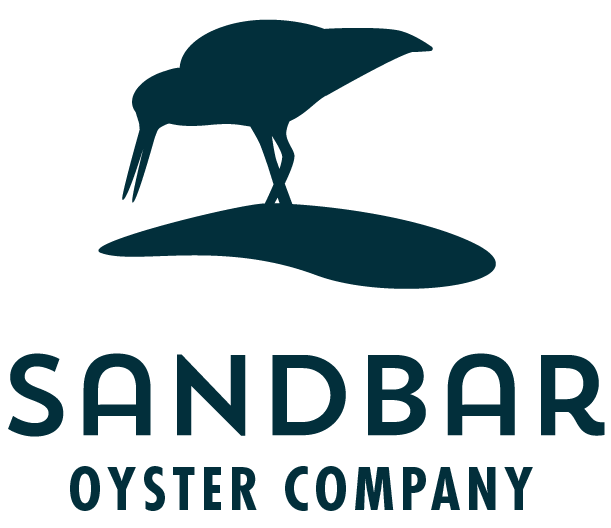We have developed an innovative method of building oyster habitat using our patent-pending Oyster CatcherTM substrate that is more effective, more cost efficient, and more environmentally sound that traditional oyster reef building methods. Because of these advantages, we are fundamentally changing how and why people grow oysters.
old way vs. our way
Oyster reefs are typically constructed using old shells collected in plastic mesh bags and deposited along shorelines and in shallow waters. This method has several distinct disadvantages. First, there is significant labor and effort invested in collecting shell material, filling the bags, and distributing them. Often, shells are not readily available and once filled, the bags are very heavy, making them difficult to move into place. Secondly, to build a reef this way, one must start from the bottom and build upwards, piling bags on top of one another. This means that there is habitat below the intertidal zone where pests and predators thrive, putting the reef in immediate danger of infestation. Lastly, this method necessitates introducing marine debris - the plastic mesh bags - into the environment with no way to remove it once the reef is established, or worse, if it ultimately fails to materialize.
The Oyster Catcher substrate addresses all of these problems. Fabrication is performed in a fraction of the time needed for the bagging method and there is no dependency on the availability of shell material. The final product weighs merely 5% of an equal square footage of bagged shells and is deployed in sections requiring minimal manual labor. Because Oyster Catcher is modular, and can be custom built into any shape, the habitat can be suspended above the bottom, positioned solely in the intertidal zone where the threat of pests is near zero. And, perhaps most importantly, Oyster Catcher is comprised of organic material that degrades completely over time, eliminating all residual marine debris from the reef construction process.
Catching Vs. Hatching
Currently, oyster populations depend on the availability of seed oysters from hatcheries. Hatcheries are expensive to operate.
Oyster larvae settle in great numbers, and juvenile oyster survive and thrive, in North Carolina's intertidal zones.
Once the Oyster Catcher material is coated with juvenile oysters, two options exist. Either the material itself is transferred to other "farms," or restoration locations where the oysters and the reef continue to mature, or the juveniles are harvested from the substrate and are made available for purchase as seed. Thus, "catching" oysters achieves the same objectives as "hatching," just far more economically.
DipLOids vs. TripLoids
Today's aquaculture industry is comprised almost exclusively of "triploid" oysters. Triploids are bred to have an a third set of chromosomes that renders them sterile. These hatchery-raised oysters are derived from a small number of adults, and thus the genetic diversity in the hatchery raised oysters can be very narrow. (NEED A SENTENCE OR TWO ON WHY THIS IS BAD)
The oysters caught and grown using the Oyster Catcher system are "diploids." These are oysters that come from the natural environment as opposed to an artificial one. The diploids are a much heartier breed of oyster.



